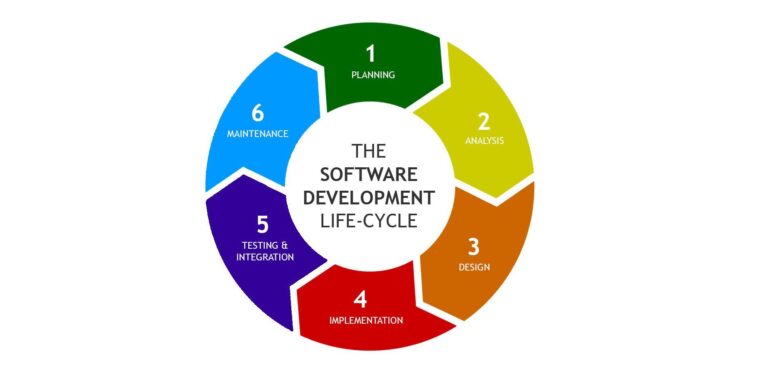Indian startup and the world’s fastest electric ATVs

A young entrepreneur from Goa, Tej Naik, founder of startup Powerland, successfully manufactures electric ATVs and sells them in India and around the world. However, Powerland’s first product was not an electric ATV, but a diesel tractor.
The ATV market (ATV stands for sport quads and UTV stands for cargo utility quads, more on the difference at the end of the article) is extremely niche. He has not been left out of the wave of interest in electrification in India. One company that is actively championing the importance of moving to electric mobility is Goa-based Powerland.
Educated in the UK, Tej Naik decided to bring ATVs to the Indian market and founded the company with his father, an enthusiastic car enthusiast. Initially, Tej and Narayan Naik planned to build diesel-powered ATVs and produce them locally, which would lower costs. This is how Powerland was created in 2014. They released their first diesel ATV in 2017 – it was designed for use in agriculture.
“As an environmentally conscious team, we have made a collective decision to move towards the production of all-electric vehicles. In 2019, we started testing different layouts and came up with an in-wheel engine concept, in parallel with this, we began to assemble a team of the desired profile, ”says Tej Naik.

“I think we are one of the first in the world to make electric ATVs. Most ATVs around the world are used on farms and these farms are powered by solar energy. If consumers use traditional ICE vehicles, it goes against the principle of zero emissions.”
On the back of the successful sales of the Xplore model, the company is launching a new model called Tachyon, which means “higher than the speed of light.”
“Our products are being certified for European markets as well as for an international launch in January. We have also recently attracted investment from the German company ILAFA Vertriebs, which has become both our partner and the European office for clients from this region.”
Powerland is in the process of signing distribution contracts for the UK and Brazil markets, and is also completing a rollout in the US market. Over the next six months, it is planned to export products to 13-15 countries.
Development of autonomous ATVs

More than 50% of the ATV market in India is oriented towards utility use – on farms, mines, solar power plants and for oil exploration. There is also the defense sector, whose customers are the Border Security Forces of India (Border Security Force, BSF) and the Defense Research Development Organization (DRDO).
Powerland has already done a pilot project with DRDO where they developed an autonomous ATV. The company is currently working on this technology and plans to implement it in the future. The vehicles under development could also be used for mining, agriculture, robotics, or any other occasion where a person doesn’t need to be on site. This is a level 2 autonomy drone: the vehicle is controlled by a remote control, can travel several kilometers and perform activities such as surveillance.
Utility is Powerland’s core business, but the company plans to expand into entertainment and tourism as well. “We are getting L7e certification for ATVs. Having received it, we will be able to work with countries such as Spain, Greece and the south of France, where ATV city tours are popular. This will help us enter the tourism and leisure segment, which is now actively recovering from the pandemic,” says Nike.
New production and localization principle
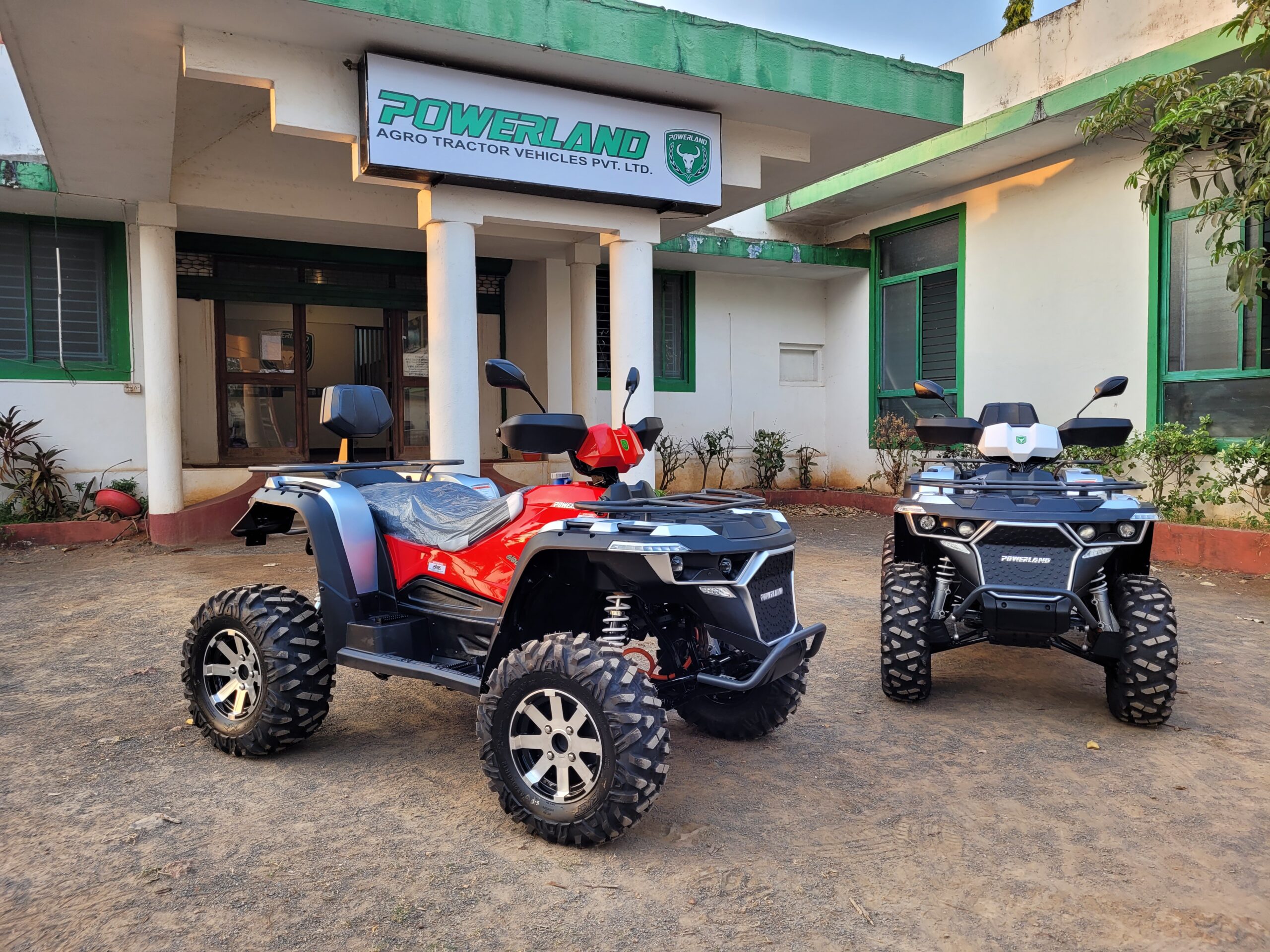
Powerland’s production and office are located in Goa. After the first round of funding, the company increased production to 400 units per year. They also signed an agreement with the Goa State Government to establish a new 15,000 square meter site in an industrial area under construction in North Goa. With the new plant, Powerland will be able to produce up to 10,000 ATVs a year.
Tej Naik emphasizes that it is important for him to make the product as local as possible. The company currently uses 60% localized parts and only 40% imported.
“We have already achieved a lot, and we even make battery packs ourselves. We have to import the cells, but the battery itself is designed and assembled by us. We develop and manufacture control units (VCU) ourselves. We started assembling motors ourselves, although we import some components (magnets, coils, etc.). We have also already launched a full-fledged production of the chassis.”
Now Powerland is ready to enter the main markets of Europe and the USA. The company will start working with major European countries such as Germany, France, the Netherlands, Spain, Italy, Portugal, Norway and Denmark.
Negotiations are currently underway with companies that are dealers of major tractor manufacturers in the UK, Ireland and South Africa. Plus a partner in the US and two others in the Brazilian and South American markets. Thus, Powerland will be able to cover about 50% of the global market and work with 70 distributors.
“Today, our main tasks are to expand production, enter already agreed markets and maximize the use of the first-mover advantage. Our goal is to make Powerland one of the largest manufacturers of electric ATVs,” Nike concludes.
Promo video from Powerland https://youtu.be/W7DWpAf7VlY
ATV Market

The ATV market is $4.3 billion (2022) with 2.7% growth, with 70% in the US where ATVs are used in agriculture as an alternative to trucks and tractors. Their small length (1.2 m) contributes to maneuverability and off-road capability.
Companies such as POLARIS Industries, HONDA, CAN-AM, CFMOTO, KAWASAKI and YAMAHA now dominate globally, with Polaris Industries being the leading player in India. However, they all focus on gasoline-powered ATVs.
The electric ATV market is $707 million and growing much faster with a CAGR of 20.7% and a projected market size of $3.8 billion by 2030. Powerland’s advantage is that they have pioneered electric ATVs in India and the global market by targeting a niche segment. And they don’t have many competitors here either: Polaris Ranger Electric UTVs, Eco Chargers Quads from the UK, DRR and the North American Daymak.
Features of Powerland ATVs
Power
Powerland electric ATVs use patented in-wheel motors: each of the 4 wheels has its own direct drive motor. This helps achieve peak power of up to 50 horsepower, twice that of all competitors using a traditional architecture with a single electric motor and gearbox.

Minimum noise, maximum efficiency
The advantage of a direct drive motor, as opposed to geared motors, is that there is no transmission noise, making the Powerland electric ATV the quietest in its class. This allows users to enjoy rides in the wild without scaring the animals, and to talk calmly with other group members. Choosing a direct drive motor also eliminates power loss in the transmission, increasing efficiency by up to 90%.
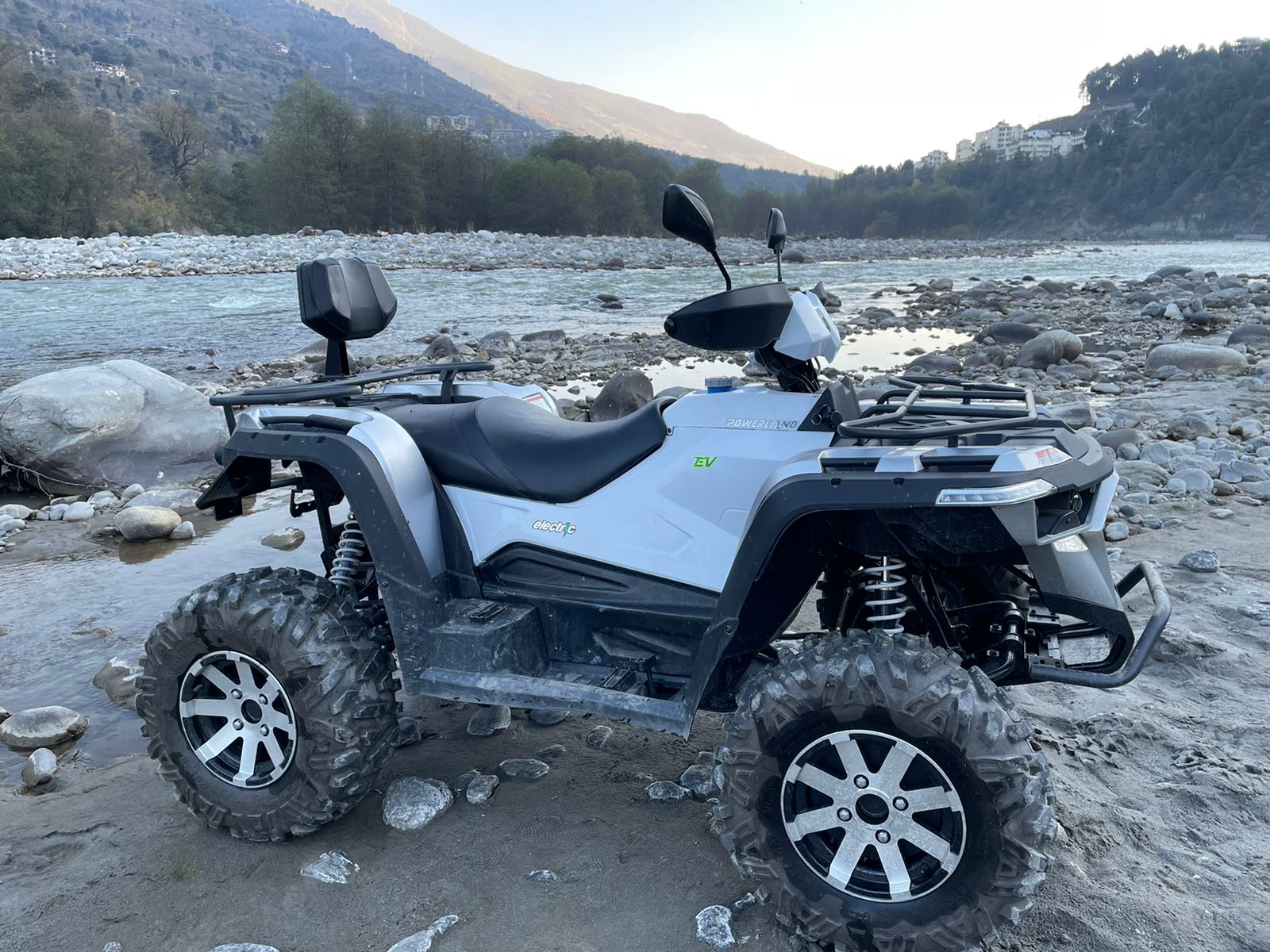
Emission reduction
SUVs with internal combustion engines, due to the performance requirements, have a high level of emissions of harmful substances, which is harmful both for the operator and for the people around. The Powerland electric ATV can be charged from renewable energy sources, which completely eliminates the use of fossil fuels. In this way, Powerland eliminates the risk of health problems and improves safety for operators.

Price and performance
Powerland offers the best performance at an economical price. Their ATVs are competitively priced 20-30% lower than their electric competitors, offering higher battery capacity and longer range.
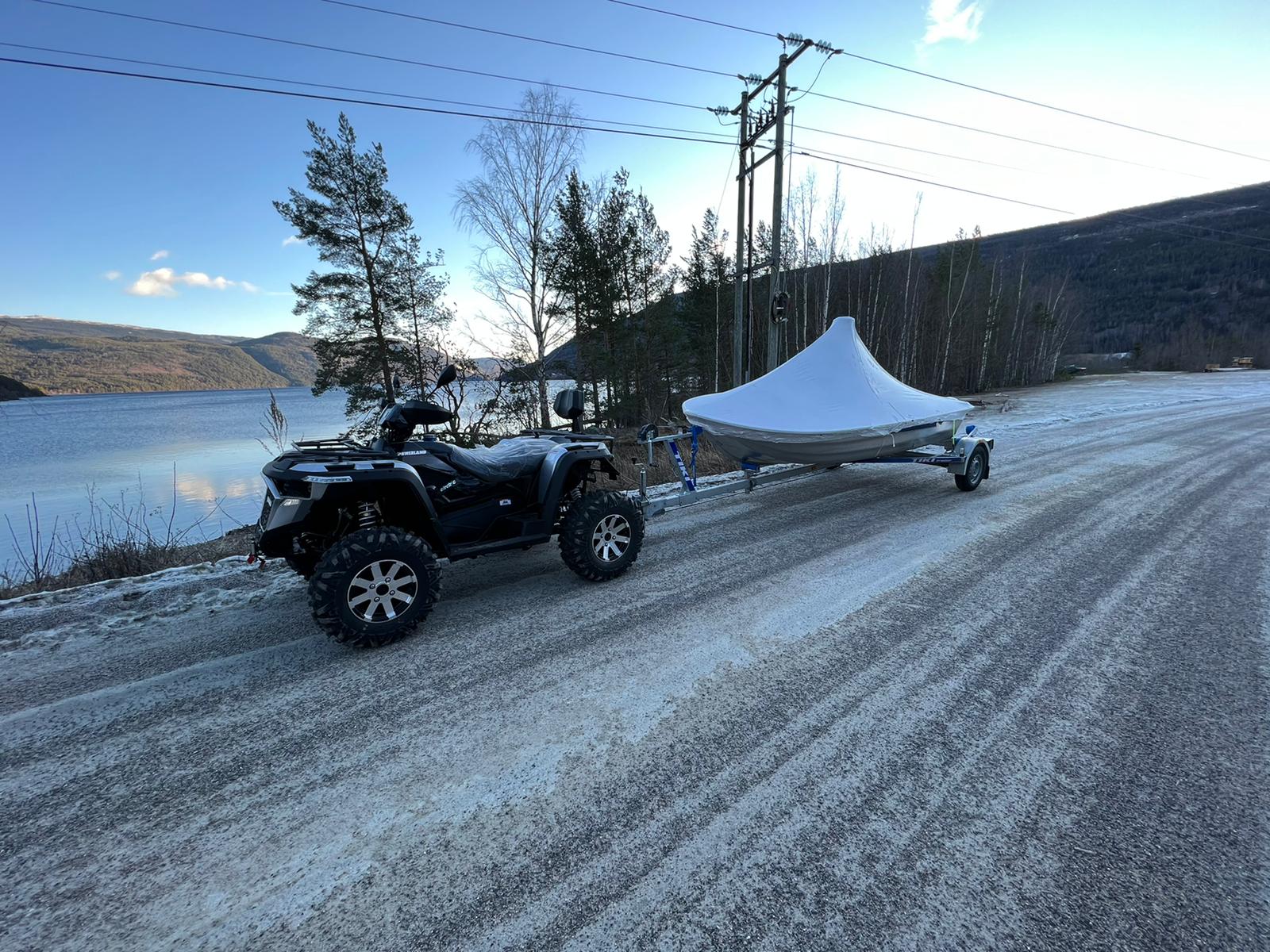
Better Control
In-wheel motors with energy recovery during braking not only increase the smell of the battery run, but also help to contain the speed when going downhill, providing better control while riding.
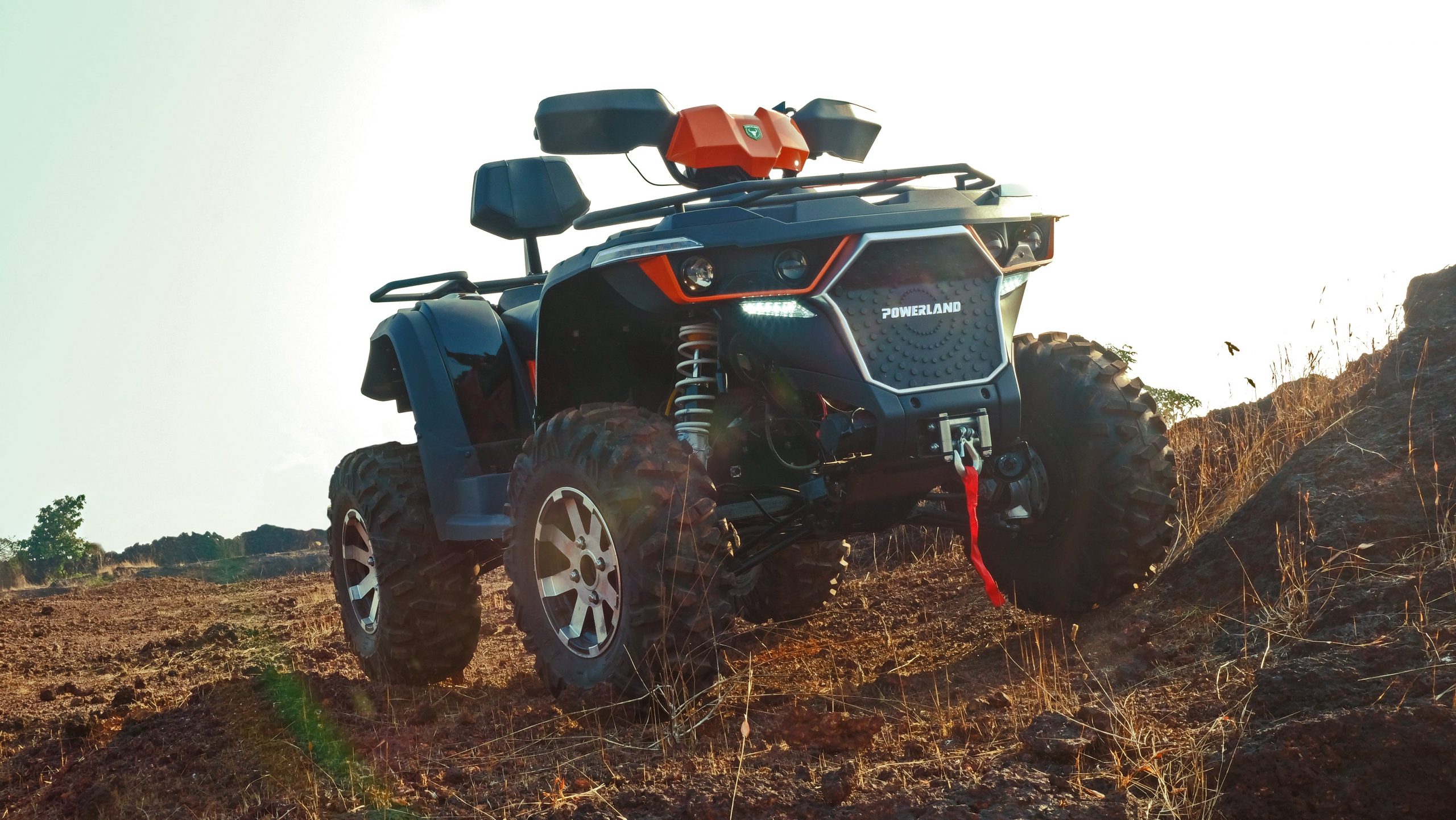
Speed
The Powerland ATV is one of the fastest electric ATVs in the world with a 0 to 60 km/h acceleration in less than 4 seconds.
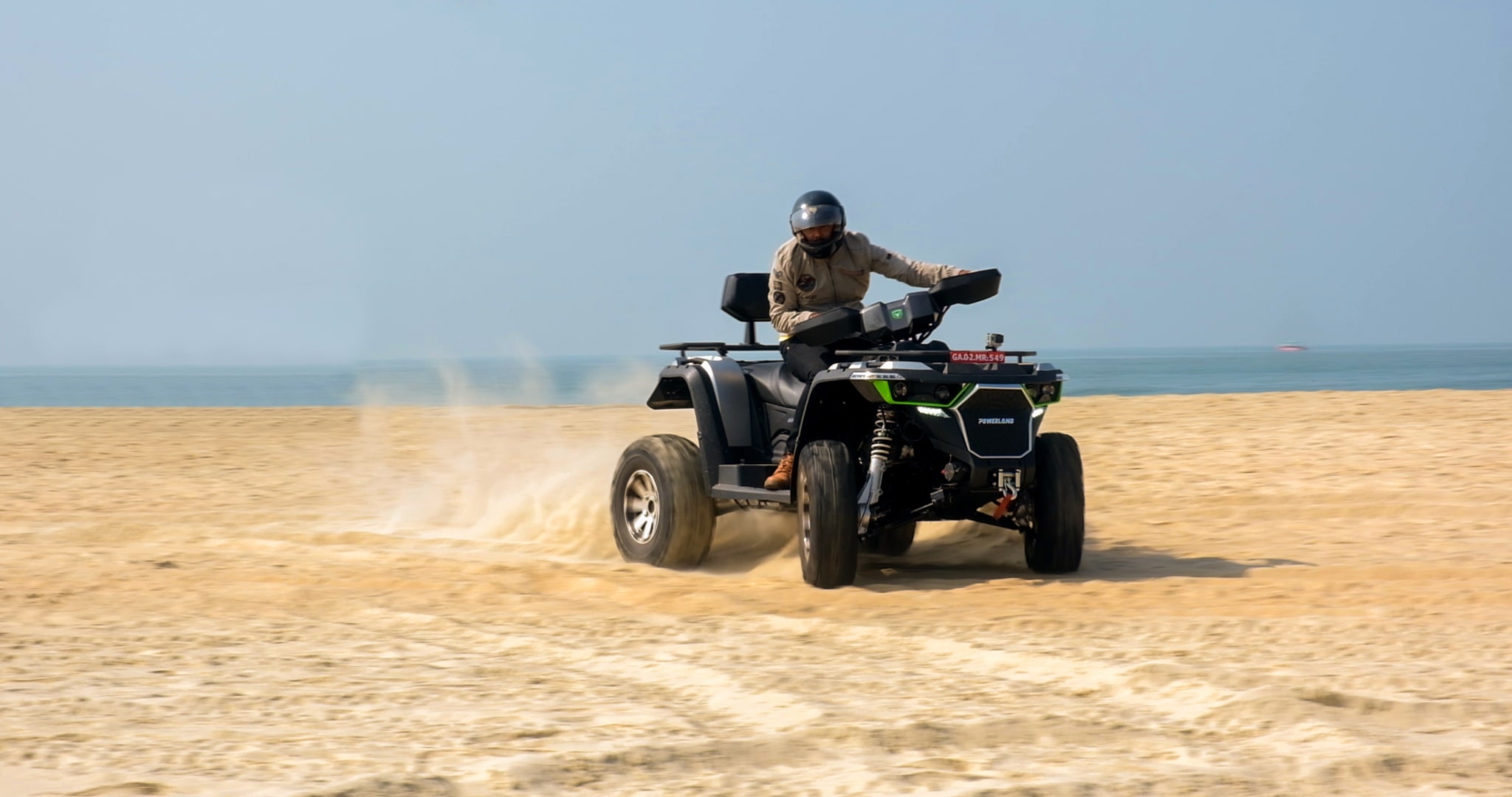
Attachment
Powerland offers attachments for farm and industrial use, making it a versatile solution. All-electric vehicles and attachments eliminate the use of fossil fuels.
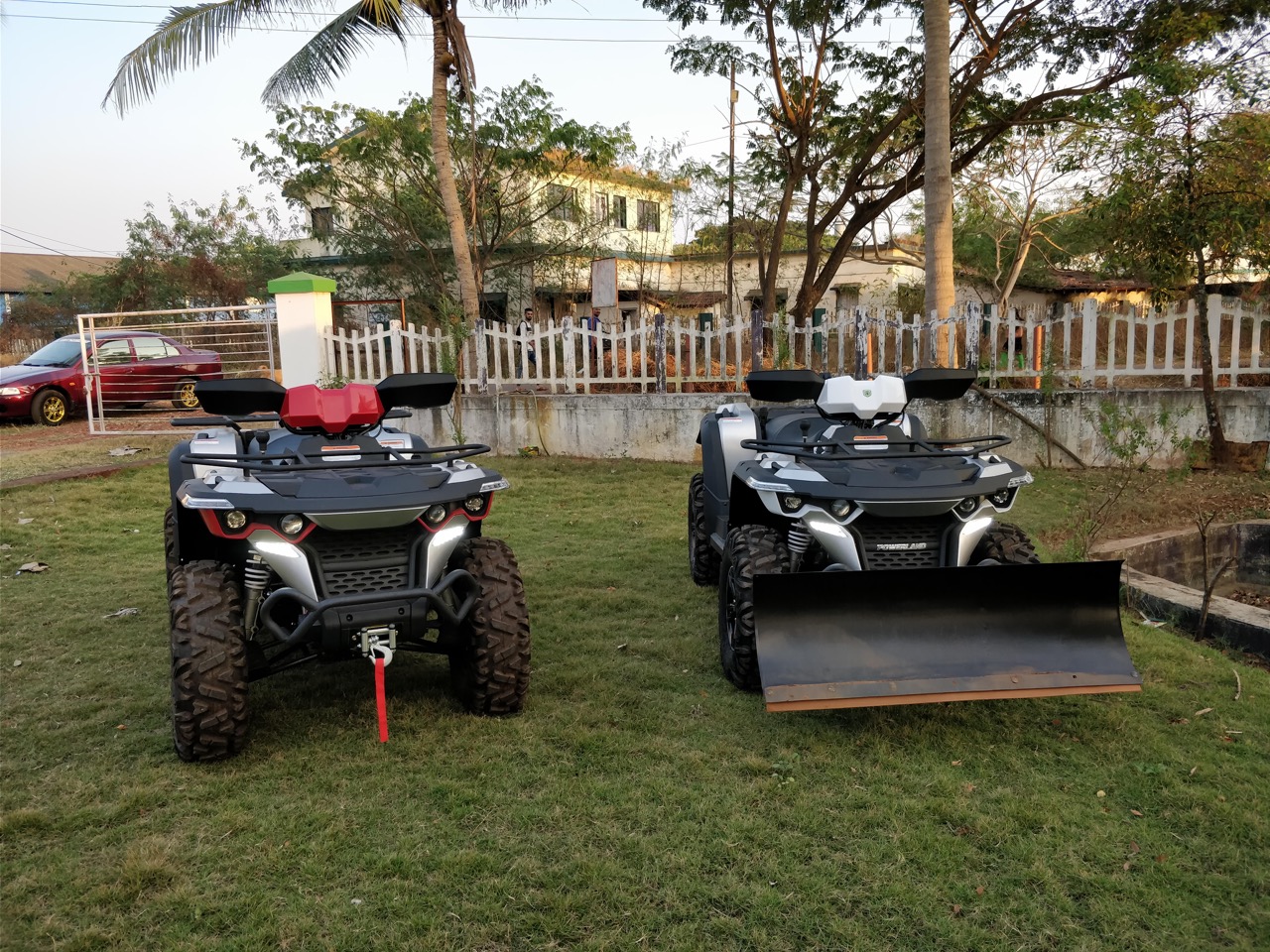
Driving on public roads in India
Not all ATVs are road legal in India. Powerland was the first to launch a diesel ATV in the tractor class and won permission to use it on public roads in 2017. Today in India, there are two brands of ATVs Powerland and Polaris that have registered their machines in the agricultural tractor class, which allows them to legally drive on the highways.

Two types of ATVs ATV and UTV

A classic ATV, aka ATV (All Terrain Vehicle) is a four-wheeled vehicle with a motorcycle-type landing. It is not completed with a roof and any external protection. They are divided into utilitarian, sports and children’s types, which differ in the shape of plastic, engine power and additional equipment, but they all have a common layout.
A UTV (Utility Task Vehicle), aka Side-By-Side (SSV) is a type of all-terrain vehicle that has a classic car seat (two people nearby, a traditional round steering wheel). From a technical point of view, they are not fundamentally different from their brother with a motorcycle seat, but offer owners a greater level of comfort. It has an external tubular “cage”, can be equipped with a roof, doors, windshield (full or partial). Initially, UTVs were created as a utility vehicle for agricultural work.





